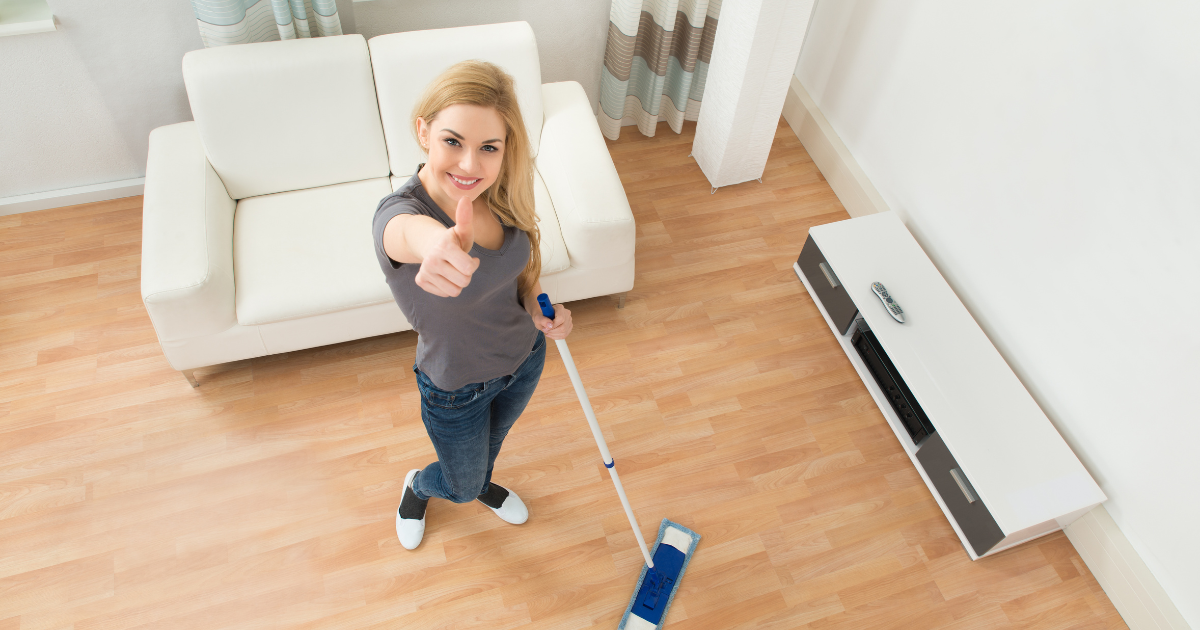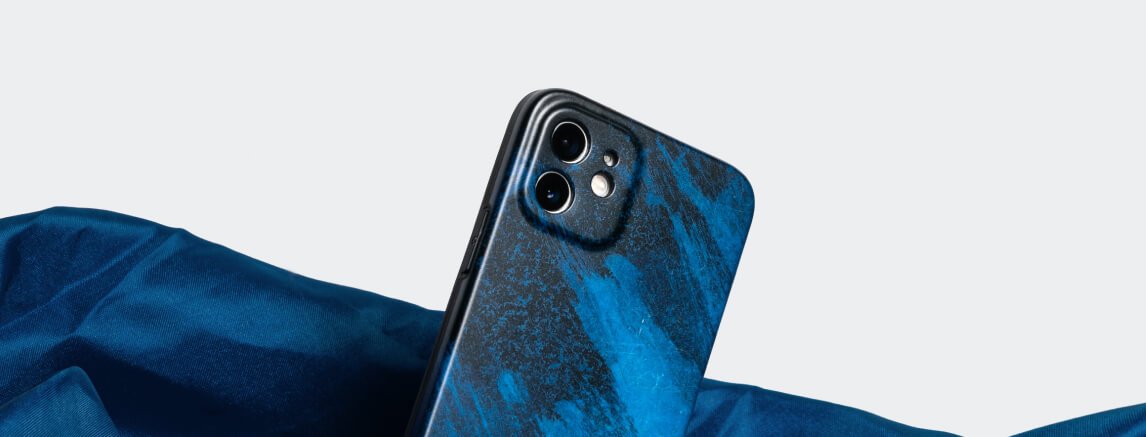How to get rid of Sticky Floors after Mopping

For today’s cleaning tips I will show you how to get rid of sticky floors after mopping. Do you notice that your floors are sticky just after you thought you had mopped them thoroughly? This is quite a frustrating situation, because you have to redo the activity again, only this time with more effort! However, cleaning them as you notice the issue is very important. You can easily slip and fall if the floors are sticky; hence, if you have kids or elderly members in your home, you have to correct this problem as quickly as you can. Sticky floors are also the breeding places of germs & other bacteria. So, the earlier you get rid of them, the better!
More often than not, the main reason for sticky floors is improper cleaning techniques and incorrect use of floor cleaners. Listed below are some simple tricks you can try to get rid of sticky floors in a jiffy.
Warm Water Method
What do you need:
- Warm Water
- Good quality mop
Process
- Fill a bucket with warm or hot water. You can use hot water for hot or grime-filled floors.
- Dip a mop in this bucket and clean your floors thoroughly to get rid of the stickiness.
- Be careful when you deal with hot water to clean your floors.
- Don’t use very hot water if your floors are made from wood or wax-coated materials, as the heat from the water can cause irreparable damage to them.
DIY Floor Cleaner Method
What do you need:
- Suitable floor cleaner
- Vinegar and water for wooden floors
- Distilled white vinegar and washing soda for tile floors
- Vinegar and hot water for vinyl floors
- Clean Water
Process
- When you use very little cleaner, you cannot get rid of the dirt and dust on the floors. On the other hand, when you use a lot of cleaners, you will leave a lot of residue behind, leading to sticky floors. You can never be sure of the right cleaner to use, when it comes to commercial cleaners. So it is a good idea to make a simple but effective DIY cleaner to get rid of sticky floors. You can gather the right supplies according to the type of floors in your home.
- For wooden floors, make a cleaner solution by mixing vinegar and water in a ratio of 1:10.
- For tile floors, mix equal parts of distilled white vinegar and washing soda (about ¼ cup each) in a bucket with 2 gallons of warm water. Mix the contents well.
- For vinyl floors, mix one cup of vinegar with warm water to make a DIY cleaning solution.
- Dip the mop in the cleaner solution that you have prepared. Clean thoroughly to get rid of the sticky residues.
- Rinse the floors with cold water, or wipe them with a clean cloth, and your floors are clean in no time.
Magic Eraser Method
What do you need:
- Magic Eraser Sponges
- Damp Cloth
- Elbow Grease
- Water
Process
- Here is a disclaimer – this method works well only if there are a few sticky spots on your floors. If the entire floor appears to be sticky or filled with grime, this method may not be very effective for you.
- Wet the magic eraser sponge with some water to scrub over the sticky spots gently. If the sticky stains are still there, you can use some elbow grease while scrubbing.
- You will notice the stickiness disappearing when you start scrubbing with the magic eraser.
- Make sure you clean the floors with a clean cloth dipped in fresh water to get rid of all residues.
Additional Tips and Advice
- You may have heard that steam mops are quite helpful in getting rid of sticky floors even after mopping. While this is true, the heat generated in this method can cause a lot of damage to the floors, especially if they are made with wood, wax-coated materials, laminated materials, or vinyl. For other floors, it may be a good idea to use the heat from the steam mops to loosen the grime and stickiness from the floors.
- When cleaning your floors with any type of cleaning solution and mop, always check the water regularly. If the water becomes dirty, you should immediately replace it with clean water and mix the cleaning agents again. Mopping the floors with dirty water can lead to stickiness. The soapy residues may settle on the floors, making them sticky and dangerous for use.
- Always sweep the floors thoroughly before mopping. If you don’t use a broom for sweeping, you can also use a vacuum cleaner instead. The key is to keep the floors clean and free of dust particles, hair, airborne dirt and the like before you proceed with the mopping process. Mopping dirty floors will definitely make them very sticky.
- Mop all the areas of your floors regularly to avoid the accumulation of dust and grime buildup. It would be a good idea to mop your floors daily, but have a weekly schedule to clean the hard-to-access areas like beneath the beds, behind the chairs and other corners.
- Even if you use a very diluted form of cleaning solution, make sure that you rinse the floors with clean water after you are done with mopping. Using a different microfiber mop for cleaning with water is highly recommended. If you have cleaned only one or few sticky spots on the floors with a cleaning solution, you still have to use a damp cloth to wipe over the spots once again to get rid of all sticky residues.
- Even though vinegar, because of its acidic properties, is a common ingredient in floor-cleaning products (DIY and store-bought ones), you have to test it on a small, hidden part of the floors first to check if they cause dullness, discoloration, or other issues, before using them to get rid of sticky floors. This point assumes greater significance, especially if you have hardwood floors.
- If your floors are very sticky due to years of oil & grease buildup from the kitchens, soapy residues on floors and more, it would be a good idea to seek the services of professional floor cleaners to get the job done for you perfectly.
- Related Post:
